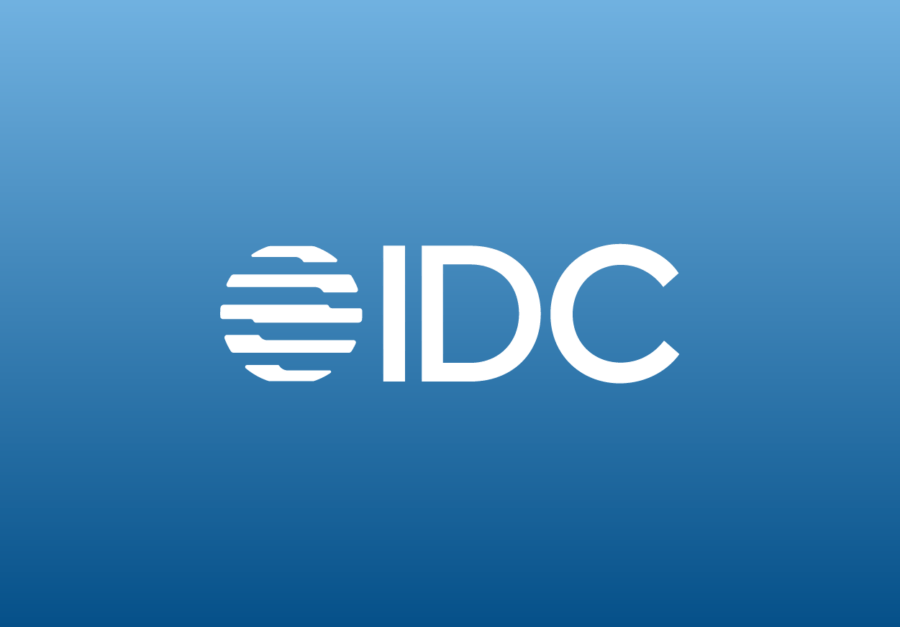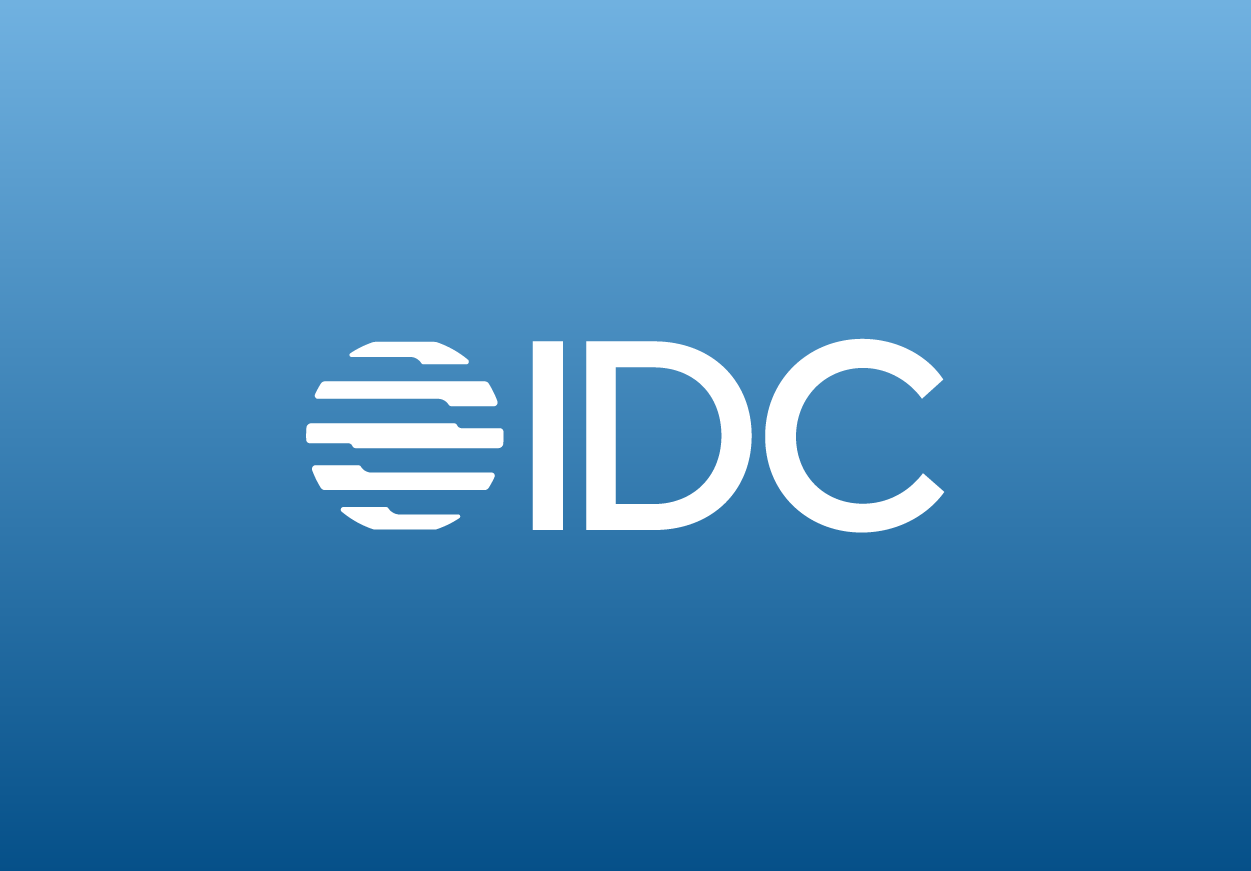Blog
Enterprise Liquidity Management: The Prescription for Treasury’s Revival in a Pandemic

The magnitude and reach of the COVID-19 pandemic is unprecedented, with everything coming to a grinding halt. Heightened uncertainty has become the norm and one could argue that the scope of the disruption is greater than anything we have experienced before. No one can escape the reality of the situation — with COVID-19, everyone is impacted.
The world of finance has been shaken too. Besides working remotely, the earthquake is deep for finance. With COVID-19, however, the main finance stakeholder everyone needs is in treasury. Boards of directors, CEOs and CFOs are all fixated on liquidity, which starts with cash but extends much further. For long-term survival, organizations need to fully understand their liquidity and need to do so proactively — from precisely forecasting incoming customer receipts and payments, to identifying and mitigating risks, improving controls and fraud prevention, and finding innovative ways to preserve cash flow from operations. Yet, none of these activities performed individually optimizes performance. Taken together and actively managed, liquidity becomes the only medicine for long-term survival. The treasurer, albeit always considered important, is now relied upon to be the organization’s co-pilot, who must fly the plane during turbulent times.
What COVID-19 is showing us is that the transformation of the traditional role of treasury into an Enterprise Liquidity Management strategy is no longer optional. It is mandatory. For those not equipped to actively manage their most valuable financial resource, liquidity, they are paying the price and possibly adding unnecessary risk to their enterprise survival. The times when treasury was relegated into a back-office support role are gone. The treasury function has been elevated during this pandemic. Information provided and taken by senior decision-makers depend on treasury, especially as organizations concentrate on the lifeblood of their business: liquidity.
Kyriba’s CEO, Jean-Luc Robert, called last year (2019) for the creation of a Chief Liquidity Officer to help steer companies toward Enterprise Liquidity Management. Based on decades of experience, he saw Enterprise Liquidity Management as the field of the future — the discipline of continuous value creation leveraging all enterprise liquidity channels. Not one channel, mind you, but an interconnected wave ensuring liquidity can be seen, moved, protected and grown.
Going far beyond the pre-COVID-19 treasury mandate, the essence of Enterprise Liquidity Management can be summarized as the need to elevate the treasury function into an enterprise-wide proactive discipline aimed at identifying and actively orchestrating all sources of liquidity and protecting the lifeblood of the organization — cash — in good times and during crises.
For many organizations, the cataclysmic paradigm shift created by COVID-19 will reinforce the need to truly transform treasury from its traditional role of transactional custodian of cash to a more active, prominent and strategic function whose primary focus is to optimally manage enterprise liquidity. Rethinking the traditional role of treasury as an Enterprise Liquidity Management discipline will require organizational repositioning, investments and a renewed strategic charter.
This is one of the main lessons learned during this crisis. Corporations will need to seize the moment to ensure their success and resilience, both in the short-term (mitigation and recovery phase), and long-term (re-ignition of growth phase). Despite the current turbulence, the future is bright, especially for those who draw the right conclusions and take control of their financial destiny.
To learn how organizations are leveraging Enterprise Liquidity during this pandemic to continue to unlock enterprise value, watch this on-demand Enterprise Liquidity Management Demo to see it in action.












